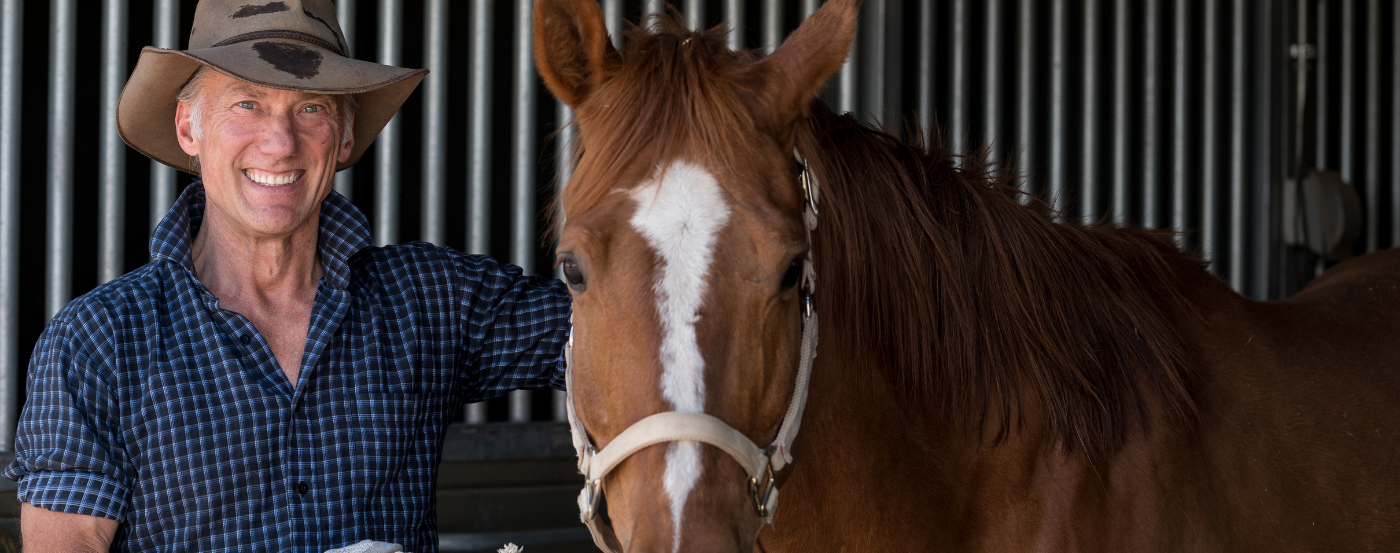
Working as a hoof trimmer teaches you far more than just what is at the distal end of a horse’s forelegs and hind legs. For the hooves, and their health and function, are more than just part of the support and mobility system for the horse. They are, in fact, a unique insight into many different health aspects of the horse, whose messages are often deeply hidden in other systems, meaning their appearance in the health of the hoof can be an early warning sign of potential, unseen problems.
Take, for example, the rings on the hoof capsule – they tell us about recent and longer-term dietary and environmental changes that affect the horse, and their inflammatory response. They give us an insight into how different pastures and exercise regimes affect the health of the horse, often more quickly than changes in the digestive or muscular systems of the horse will do. They will tell us if the horse has had an acute or chronic response to excess carbs or sugar in their diet, or ate a plant that had a deleterious effect on them. A blood test and/or veterinary visit is often the best, and quickest, way to fully understand what the changes in the hooves are specifically telling us about the health of the horse.
Where the hoof capsule wears in an unbalanced manner, for example, such as the heels being too long or one side of the hoof wearing a lot more than the other, it offers hints into the muscular and skeletal systems of the horse and possibly tight muscles and/or short tendons interfering with their natural movement, among other potential issues. Working with an equine massage therapist, in this case, and maybe even a vet if required, is important to ensure muscular and skeletal limitations are fully understood as the horse is helped to optimise its movement given any inherent conformational limitations.
And once we trim a hoof, and the horse clearly relaxes as reflected in great sighs, licking/chewing and/or urinating, it tells us the discomfort previously felt has now been somewhat mitigated. How a horse responds to a hoof trimming, on each foot, as reflected in whether their nervous system remains in sympathetic or parasympathetic mode, effectively whether they are primarily motivated by pain/fear or curiosity during and after the trim, provides further insights into how they feel and their relationship with themselves.
Where they are dealing with a physical, emotional and/or energetic trauma, their behaviour will often reflect a fear-based dynamic thereby requiring a different connection and trimming approach to that applied to horses more comfortable being handled away from the herd while constrained – the two greatest fears of a horse. And it is here the insights and touch of energy workers – Reiki and craniosacral are two very applicable energy-based healing modalities – can be very helpful to aid the horse in healing from the emotional and/or energetic issues affecting their behaviour.
Lastly, animal communication can help us connect with learning to more fully listen to the horse, as we trim them, to understand any other problems they may have. Trusting in our intuition, supported by what we see, feel and smell, can help us to appreciate what the horse is most wanting to tell us. Which, as it relates to their health and wellbeing, helps us to contribute to the overall healing of the horse; a much more important role than only thinking about the horse from their knee down.



